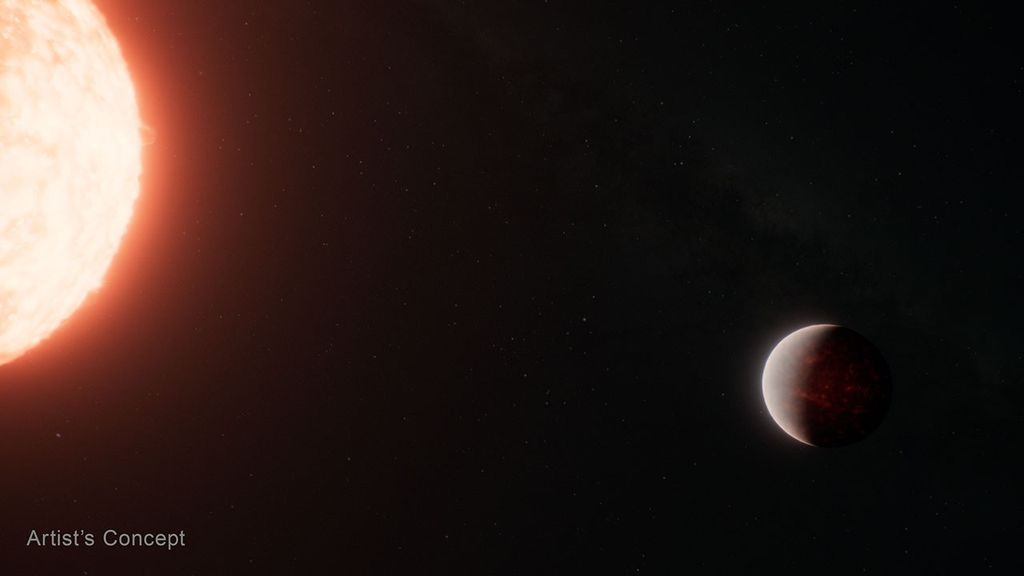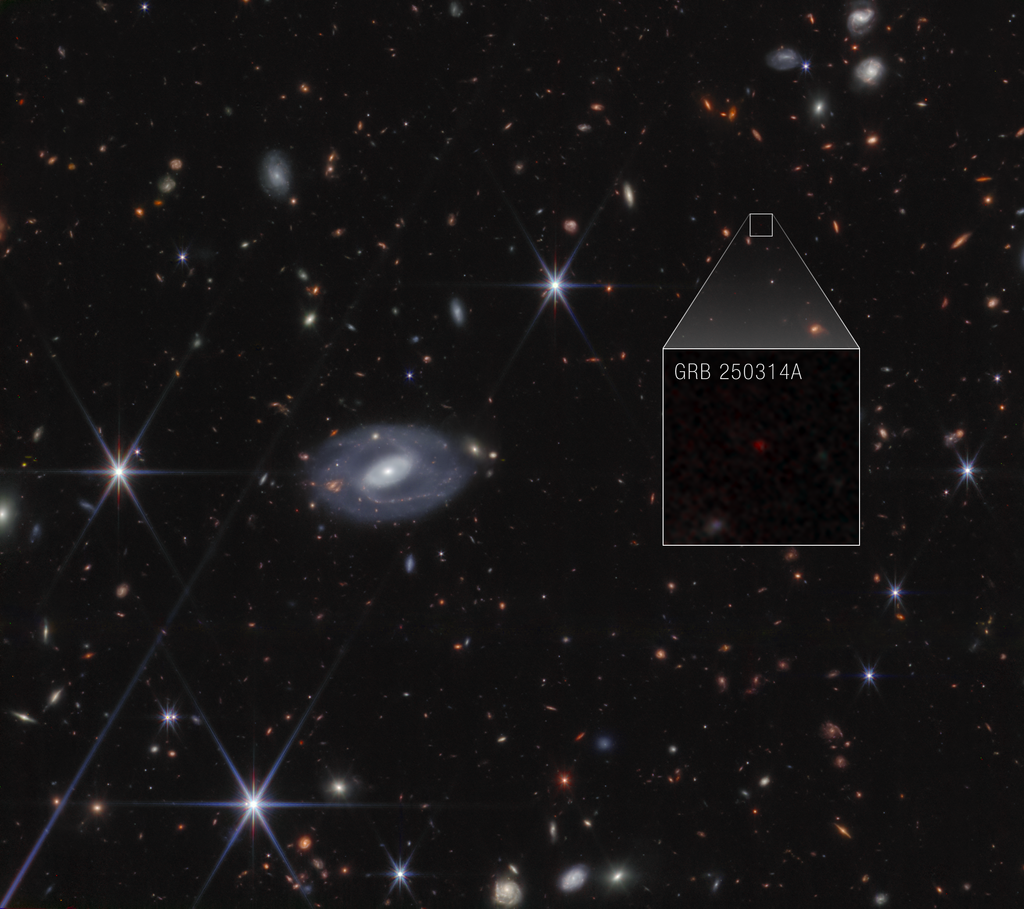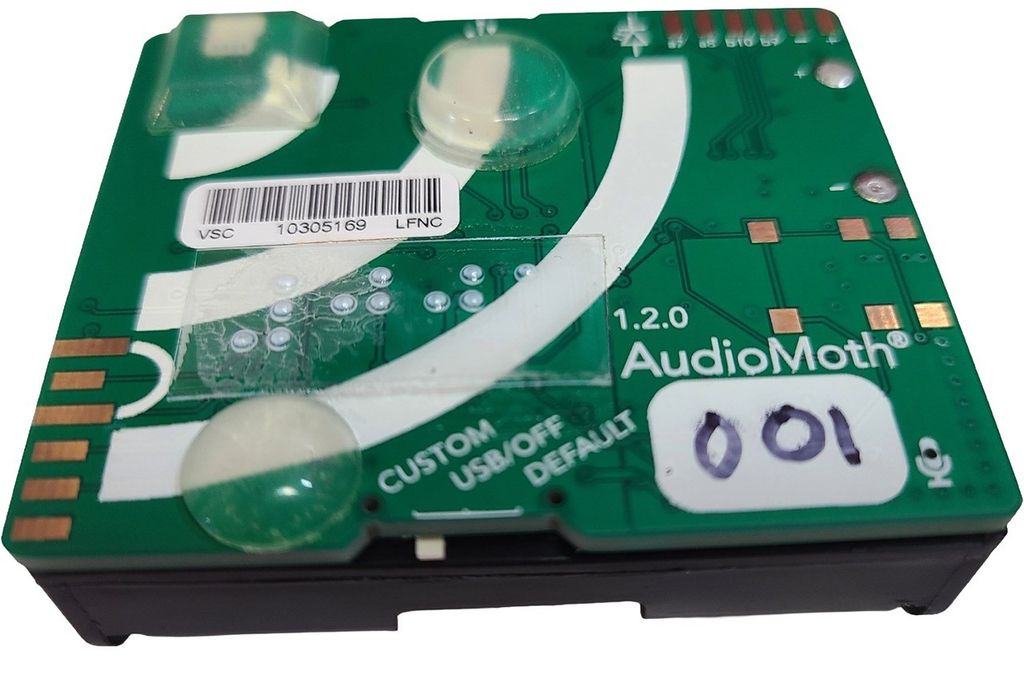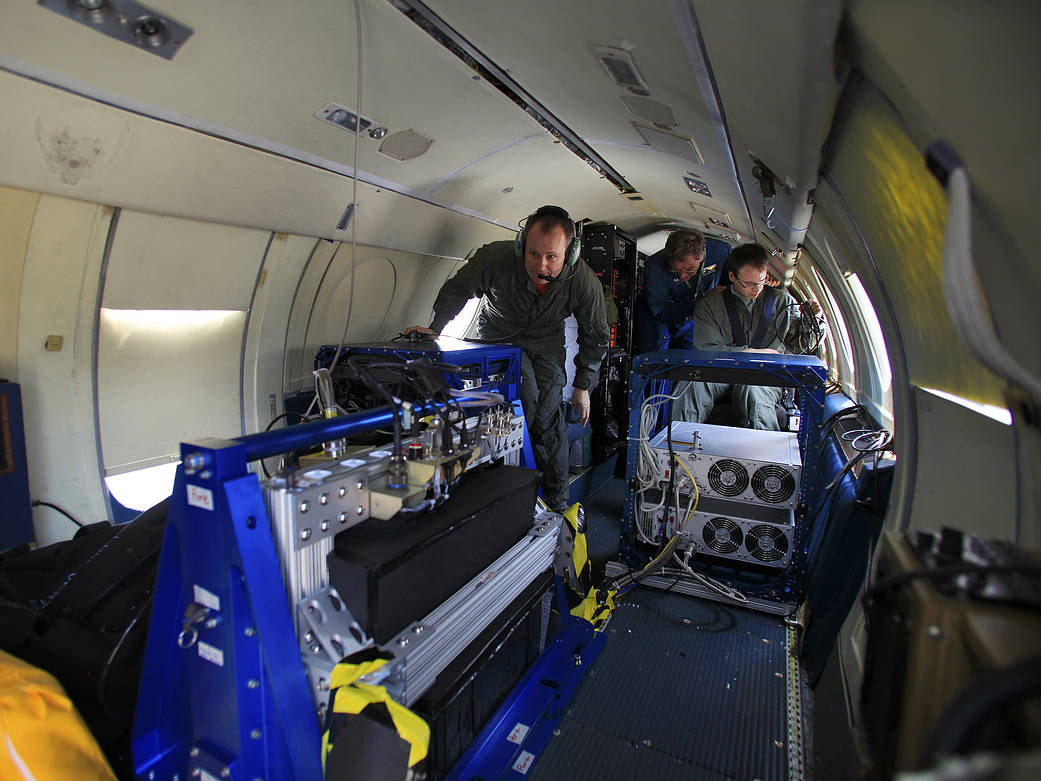Shown here are Tom Delker (left) and Jeremy Craner (right), researchers from Ball Aerospace & Technologies Corp. (Ball) in Boulder, Colo., along with NASA Langley’s Les Kagey (center). The team is installing the airborne Geostationary Trace gas and Aerosol Sensor Optimization (GEO-TASO) instrument on the NASA HU-25C aircraft. GEO-TASO is a test bed for the Tropospheric Emissions: Monitoring of Pollution (TEMPO) instrument.
Monitoring major air pollutants across the North American continent hourly during daytime from space is still a bit of a far off dream for NASA researchers. But they are one step closer to this goal through the first-of-its-kind TEMPO satellite mission and its precursor instrument called GEO-TASO. Tests of GEO-TASO are taking place throughout this month at NASA’s Langley Research Center.
Just like TEMPO will do in the not too distant future, GEO-TASO measures trace gases like ozone and formaldehyde, clouds, and small atmospheric particles called aerosols. Researchers will study the concentration of these atmospheric constituents, as well as their evolution and transport over emission regions, like cities and heavily populated areas. With the help of the GEO-TASO test bed, TEMPO will one day provide data to revolutionize air quality forecasts and enable effective early public warning of pollution events.
GEO-TASO is funded by the Instrument Incubator Program (IIP) in the Earth Science Technology Office (ESTO) of NASA Headquarters. GEO-TASO is led by James Leitch from Ball. Co-investigators on the project are Thomas Delker and William Good from Ball; Scott Janz, Ken Pickering, and Nick Krotkov from NASA’s Goddard Space Flight Center; Kelly Chance and Xiong Liu from the Smithsonian Astrophysical Observatory (SAO) in Cambridge, Mass.; and Jun Wang from the Univ. of Nebraska in Lincoln.
TEMPO, a collaboration between NASA and SAO, is the first Earth Venture Instrument (EV-I) mission to be awarded by NASA’s Earth System Science Pathfinder program. The TEMPO team is led by Kelly Chance from the SAO. TEMPO, which is managed by NASA Langley, will launch in the 2019 timeframe, perfect timing for the mission to be a component of a global geostationary constellation for pollution monitoring along with Europe and Asia.
Image Credit: NASA/David C. Bowman
Caption Credit: NASA/Katie Bethea


























